
A useful exercise in Art class is colour, lighting, and tone matching, by copying as exactly as possible the work of another artist, or a photograph.
A fun exercise that will highlight the students' ability to copy a given work of art exactly is to use a mosaic approach. Each student in the class will only have to copy a portion of the artwork; when everyone is done, the pieces are put together to form a large reproduction.
In order to do this project, you'll need a simple poster ... the kind easily and cheaply available in any large discount store. Pick your own subject according to your students' tastes. I've done this project with students many times and it has always been successful.
|
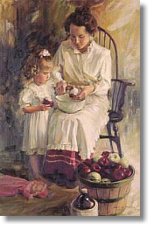
|
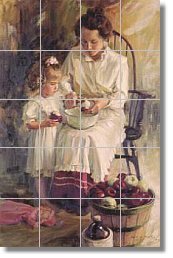
|
The first step is to measure and carefully cut up the poster into squares. You might want to trim the poster first so that its length and width are an even multiple of the size of the squares you want. The squares should be big enough so that everyone in the class gets one, with maybe a few left over for some people to do an extra one.
Don't show the students the poster before you cut it up. All they get to see is their single square portion.
 Make sure to number the squares on the back, however, so you'll be able to put the poster together again later.
Make sure to number the squares on the back, however, so you'll be able to put the poster together again later.
|
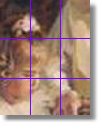 Each student must reproduce his or her segment, using the medium you have decided upon, on the larger squares of paper you provide. Pencil sketches work well, if the students are careful about light and dark values. Each student must reproduce his or her segment, using the medium you have decided upon, on the larger squares of paper you provide. Pencil sketches work well, if the students are careful about light and dark values.
Most will want to draw a grid on their segment and copy it one section at a time; this method lends itself well to enlargement or reduction of the original work, by copying onto larger or smaller square sections. We always did enlargements.
Once everyone has completed copying their assigned square, you can piece them together to form a copy of the original poster. Amazingly, even if some of the squares are not faithfully reproduced, the completed result will be quite striking. This procedure makes very impressive blow-ups of even quite detailed works of art, and is a favourite one with students.
It can also be used as an exercise in shading, using just pencil from b&w squares (see below).
|
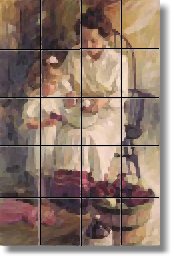
|
Here are three composites we assigned to a combined grade 7/8/9 class.
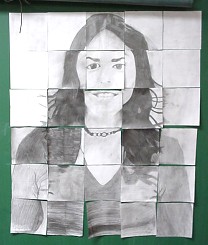
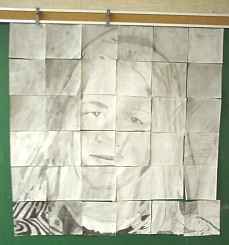
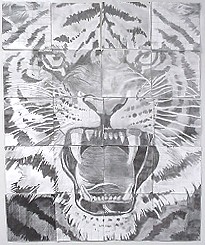
Students worked from black & white photocopies or computer printouts of squares. All the composite posters are about a metre tall; students worked from tiny 3 cm squares on the first one above (it was a math 'enlargement' lesson), but the second and third posters were copied using grids on actual size squares. Students who claimed no art ability were amazed at the results.
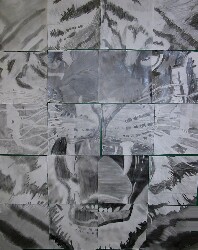
Here's a completed Wildcat made by the 2002-3 grade 5/6 class! The detail in all the squares (without students seeing the neighbouring squares or the whole image in advance) was excellent, although some students had difficulty matching the black level. Students were very pleased with their result.
|
BACK
|




